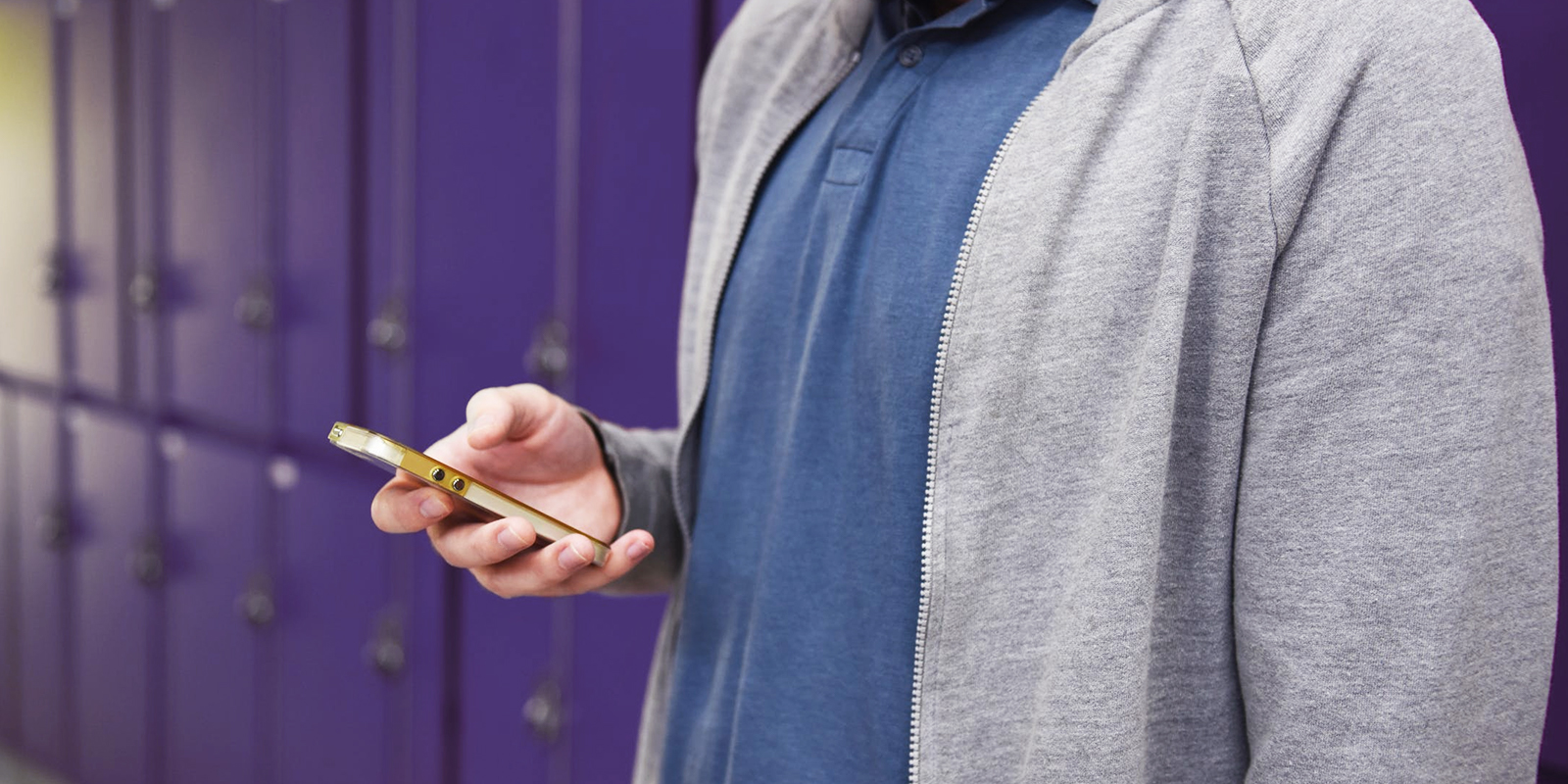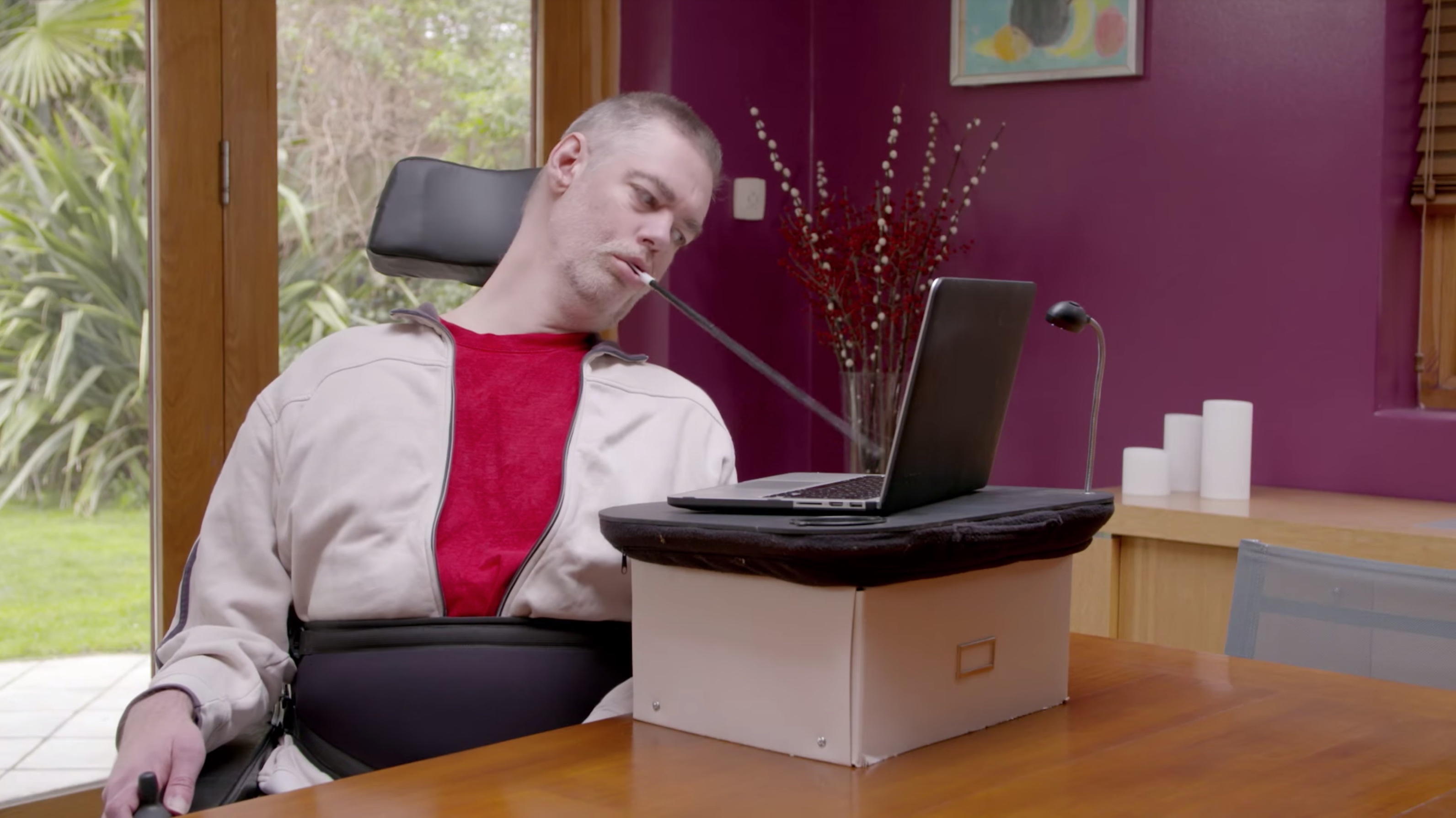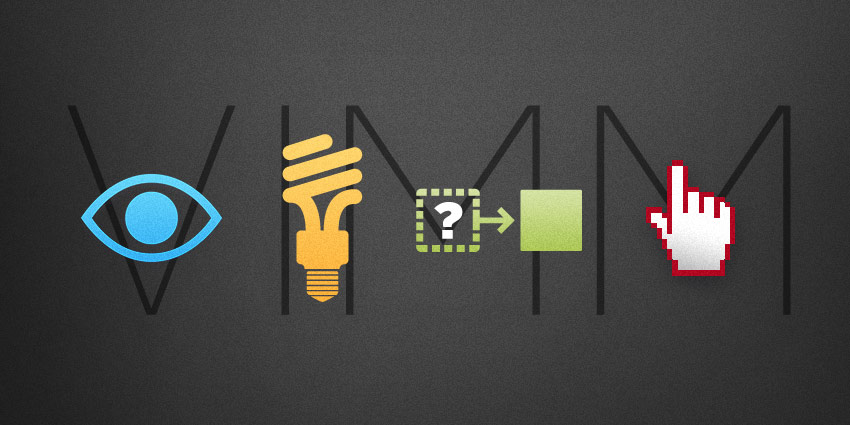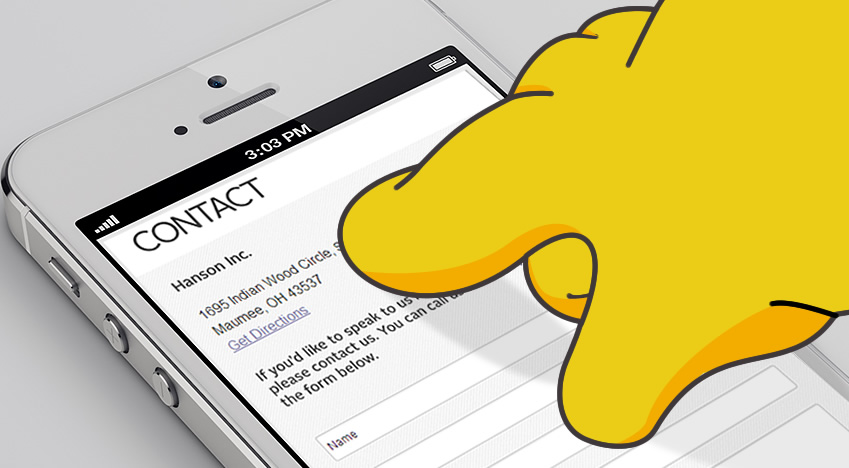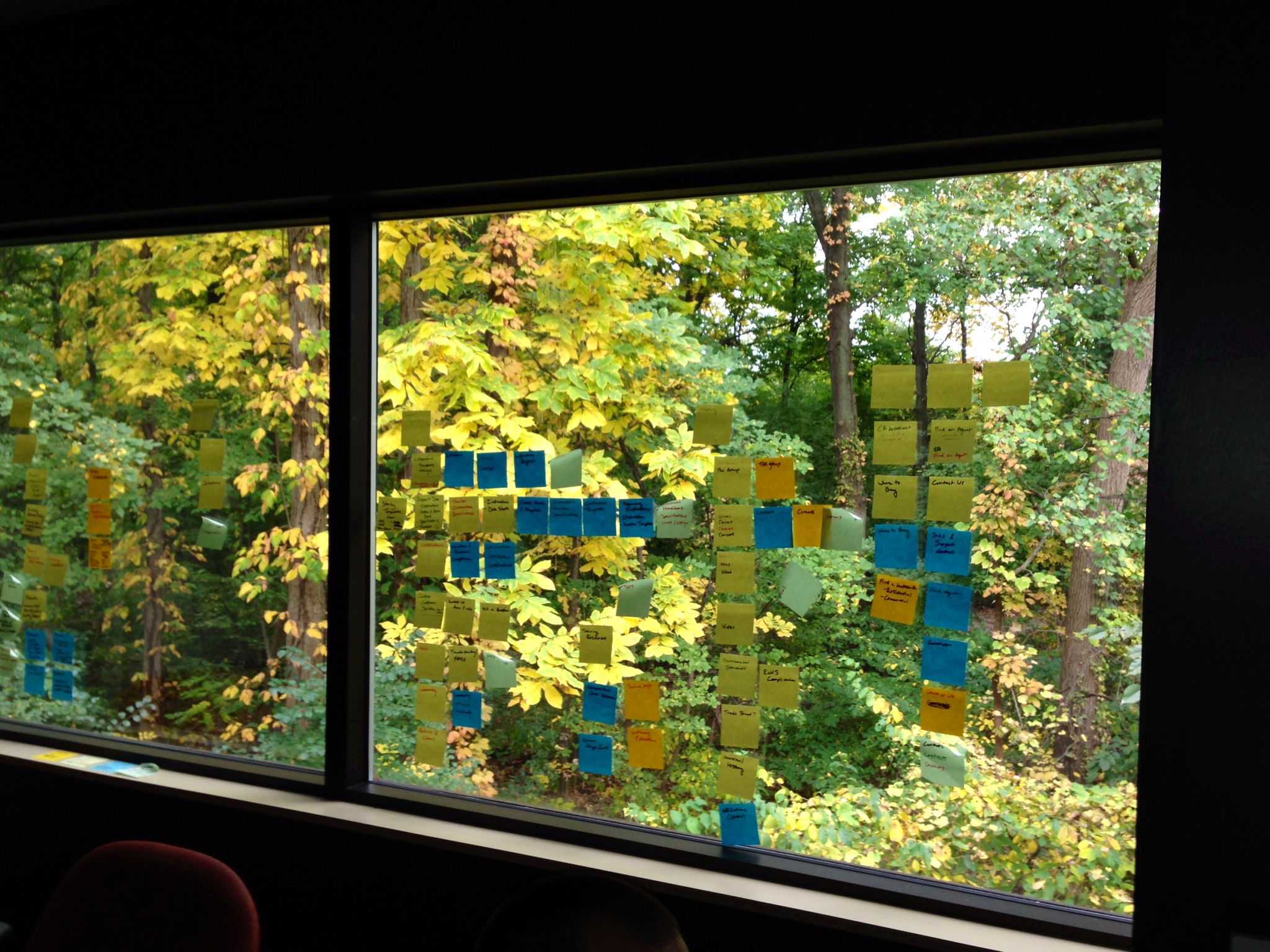Your Quality Time: How Social Platforms Steal Your Attention (and What You Can Do About It)
Are you addicted to social media? Do you experience FOMO (fear of missing out)? On the whole, is technology helping or hurting you? And just where did that last hour go?
There has been a lot of news and opinion this past year regarding privacy and your data, content, censorship, and what should be done for the benefit of society around the globe. While complex issues about social platforms will continue to be debated, there’s something simpler that can be discussed: the vast majority of people worldwide use social media platforms, but it’s really not a requirement. We engage with social media platforms because they provide us with some social benefit.
But here’s something else to keep in mind: in exchange for free use of these platforms, our views are their product. Because they need to have you see more and more ads and paid content, there is a dark side: social platforms intentionally consume our attention through addictive design patterns. Free to use, hard to put down.
In the interest of your mental wellbeing and informing the digital habits you can control, I want to think with you about a few topics:
- The quality of your time on social platforms
- The psychological principles platforms use to keep your attention
- What platforms are and aren’t doing to respond to concerns
- What you can do to exert control
And that’s the takeaway here: the more you are aware of what’s going on behind the curtain, the better you can make decisions on how and how often you choose to interact.
“Technology makes a great servant, but a poor master.”
Is your use of social platforms “time well spent?”
Getting people to think about the “quality” of time with technology has gained steam over the past few years, led by Tristan Harris, a former Google employee who co-founded The Center for Humane Technology and the Time Well Spent movement.
“Time Well Spent” is really just an equation of maximizing good, wholesome content in the least amount of time. So how do platforms affect this?

My 23-year-old and her friends say they just use Facebook for the crazy groups.
On one side, people’s content is what drives social platforms. I’m not saying that social media platforms are no good for letting us share and interact with each other, or specifically the worst ways to interact with people. But research has been growing over the past few years about the impacts of constant social media use—negatively affecting stress, mood, anxiety, depression, or worse. And I’m sure you’ve experienced many emotions using these platforms. But it’s people and organizations that create the content, whether positive or negative. So, you should be asking yourself if your reaction to the content brings you joy, or not. (It’s true that platforms do contribute to the dark content side of the equation, that’s a huge and complicated issue that you’re going to hear about more and more).
The other part of the equation is time spent. And here the platforms very much are dragging down the outcome for all of us, because they are explicitly designed to increase the time you use them in many ways, with no consideration to the quality of what you experience—cats in 360°, live cat videos, AR cats, and more crazy groups than you can imagine! Let’s take a look at what they are doing.
How social platforms work to steal our time
Gambling can be exciting for many but absolutely crushing for some—taken to the extreme, this compulsive behavior separates people from their family and friends–but also from their money and potentially everything they own. So it might be more logical that regulation is in place for these industries, but the fact is that social platforms (and games as well) use features that exploit many of the same psychological triggers that are highly addictive.
Tons of research has been done to understand the psychology and physiology of people—and your brain has evolved in ways that make it pay attention to different situations and stimuli. And in case you think that the Facebook creators didn’t know what they were doing with that information, here’s a quote from 2017 by Sean Parker (the first president of Facebook and now a self-described “conscientious objector” of social media). He said that during development, the objective was:
“How do we consume as much of your time and conscious attention as possible? … And that means that we need to sort of give you a little dopamine hit every once in a while, because someone liked or commented on a photo or a post or whatever. And that’s going to get you to contribute more content, and that’s going to get you … more likes and comments.”
So let’s take a look at six big areas your brain gets hung up on, and how they are exploited by social platform features:
1. Self-relevant feedback and positive reinforcement. People are by design self-conscious and seek social validation. This isn’t “vanity,” it’s way deeper at our survival core. And social platforms feed right into our need to be liked.
- Likes are the root of the issue because they are so simple to give, but so are shares of your content, comments on it — every interaction people take leads to feedback that we crave.
- Notifications of all types are just ways to grab your attention so you can get that feedback ASAP—something about you has been seen, or liked, or commented on, or you’ve been tagged, etc., etc..
2. Reputation and social rank. You don’t just want to know how people feel about you, you also want others to know how people feel about you:
- How many friends and followers you have, and where you rank against others (leaderboards) feed into our sense of self-worth.
3. FOMO, or fear of missing out. It gets worse. Having social anxiety about things that are specifically not about you—people worry that their peers are doing fun things (getting rewarded) without them (and maybe they are not important to a relationship)—and thus creates a strong desire to stay continuously connected.
- Again, notifications and also prioritized feeds (“meaningful interactions”) with friends and family can help you find out as soon as possible what your loved ones are leaving you out of.
- Worse: Snapchat and Instagram stories that expire compel you to check all the time—and don’t get me started on Snapstreaks which are pure evil.
4. Anticipation, and the uncertainty of reward. Everyone loves rewards, and like rats or pigeons pressing levers has taught us, when the reward is randomly provided we’re hard-wired to anticipate and work for it even harder.
- Endless, infinite scrolling or swiping in apps gives us a feeling of control while we look for something that pleases us.
- Pulling to refresh is extremely satisfying even if we keep doing it every few seconds.
5. Endless content, no dry spells. There’s always an infinite amount of content to be had. Maybe you’re able to prioritize it some and see personal things first, but the flow never ever ends. There’s a certain “zoning out” feeling we love about flow.
- YouTube actually claims their autoplay setting “makes it easier to decide what to watch next,” but really it means the “relevant” videos never stop. Same with any wall of posts that keep going and going.
6. Solitary use (don’t bug me). Even though you might be interacting with other people you know online, the personal nature of you and your device can shut out “distractions” in the real world, like talking to someone next to you (who might also be just browsing on their own phone). It’s somewhat subtle but we’re taught to not interrupt people who are engaged with reading a book, watching TV, having a conversation, or using their phone.
Platforms have taken some action, but it’s not enough
In 2018, in response to growing pressure about the negative effects of people interacting with bad content and poor controls on our private data, social platforms have actually made some changes. However, rather than do anything significant about their addictive features, or helping you really adjust the quality of your content, they’ve mostly made some data about time spent available to users.
Facebook. In August of 2018 Facebook added a “Your Time on Facebook” feature to their mobile apps which gives you feedback on how much time you’ve spent in the last week. The feature gives you some viewing preferences, and lets you set a reminder when you’ve used it more than you set. It also gives you control over some forms of notifications.
- But Facebook doesn’t show you time spent on the desktop/browser, so it’s incomplete, and older people who use mobile less could be missing out.
- You only get the data, not the interpretation—it doesn’t show you more than one week, or any kinds of trends.
- And by allowing you to snooze notifications, they are in a way keeping you from turning them off completely (setting it at the app level on iOS/Android).
- Here’s a thought. Why doesn’t Facebook tell you about how much time you spend vs. your friends or people like you?
- Why doesn’t Facebook help you quantify an increase in close family/friend interactions vs. national news, or cat videos?
- Why doesn’t Facebook help you validate that you’ve felt better lately?
Instagram. About the same time as Facebook, Instagram added an “Activity” section to its app, which lets you see how much time you spend, and lets you set a reminder when you’ve used it more than you set. It also has a setting for temporarily suppressing notifications.
- But Instagram, like Facebook, is trying to keep you from turning off notifications completely.
- Why doesn’t Instagram help different kinds of users experience the site better (and more quickly)? Usually, I just want to see what my friends are sharing, but sometimes I like to look at woodworker’s projects (dozens of people I don’t know).
- This issue of not helping me focus my time meaningfully is a root problem of every platform.
YouTube now has “Time watched” to let you see only aggregate time-watched stats and set a break reminder, but only on the YouTube mobile phone app. What you should be changing there is turning off the “Autoplay,” which is on by default.
- Why doesn’t YouTube compile all the content you watch from all your devices you’ve signed into? (Of course, we don’t only watch alone on big screens, but more could be done).
- Why doesn’t YouTube help you understand where you’re learning things vs. vegging out? What playlists do I watch the most? Why not give more controls over what you play next?
Twitter really only has the most basic of controls, less about helping manage your time, and more about trying to tune up an unstructured feed that really has no organization. After lots of complaints, they finally allowed people to switch back to a time-based flow vs. the mystery “top Tweets.”
- They also are trying to categorize what you are interested in (by who you follow, etc.) and give you some trending information. This isn’t really about getting you off the platform more quickly, though.
What are Apple and Google doing?
Bearing in mind that both platforms have had various 3rd-party apps over the years (like Moment, Offtime, and Breakfree) designed to help you take time away from your device, focus on other things, or build better habits—finally, in 2018 both platforms addressed the issue themselves in the operating systems.
Apple introduced Screen Time settings in iOS 12. It is much broader in informing users about what has been attracting their attention. The feedback categorizes usage into major categories—like reading & reference, vs. social networking—and it lets you drill down into different programs, and set limits on their use. It also shows you how many times you’ve picked up your device, and how many and which apps are pushing out notifications. For children’s devices, parents can limit and extend access, giving new controls over homework and chores.
Likewise, Google now has Digital Wellbeing features for Android that work much the same as Apple’s, giving you greater insight into your digital habits. But again, it’s mostly about quantifying the time you spend.
Will platforms ever make your time “well spent?”
I hope I’ve given you some good insight into how these platforms are designed to control your time. And while these platforms have not done enough to assist with the quality of your time, platforms giving you knowledge on how much time you spend is a step in the right direction, to help you decide if you want to change your behavior. That each platform tries to claim that these tools are some important altruistic initiative that has people’s health in mind is a huge stretch.
The time settings they provide aren’t useless, but let’s be honest—you’ve been snoozing alarms since grade school, and procrastinating as you see fit. Time is yours to control, and don’t think that any company that sells your eyeballs for ads or data will ever really help peel you away from their platform.
Reclaiming your time is up to you
Again, I’m not saying that social media platforms are no good and should be avoided at all cost. Social networks can help people’s well-being in many ways—these platforms make it easy to stay connected and feel less lonely, help us express ourselves and get feedback, achieve personal goals, work together with others on a good cause, and provide a place to stay more informed on what’s going on in the world than you might have been otherwise. I’d argue that on the whole people want to share positive things with others (although there has been some research to suggest that “emotionally unstable individuals use their online social network to help regulate their emotions”–sharing TMI to make themselves feel better).
How can you take control of your quality time:
- Maybe you want to make a big change, and set aside weekends or stretches of time where you put down your devices.
- Delete an app; or at least limit the number of platforms you use or use them for different purposes (Facebook for family, Twitter for news).
- Maybe you want to cut down on notifications, and pick a time of day you’ll catch up.
- Maybe weed out your connections—make changes to focus on a smaller group of people, especially those with positive outlooks.
- Only share good news; don’t read or react to bad news (there will always be more), and lessen your “echo chamber” by getting rid of tons of accounts and pages that all share the same things.
- Maybe just take a break for one day? (March 1-2 is the National Day of Unplugging.)
- Or read a (physical) book to understand your relationship with technology. Maybe you’ll ask yourself which of your apps spark joy? The new book “Digital Minimalism: Choosing a Focused Life in a Noisy World” by Cal Newport might provide some good suggestions. Or maybe you are just a bored genius using social media as a filler! Manoush Zomorodi, who hosted the Note to Self podcast about “humanity in the digital age” has a book called “Bored and Brilliant: How Spacing Out Can Unlock Your Most Productive and Creative Self” which is about challenging people to rethink their relationship to technology, and understanding many ways in which they might be wasting their time.
So, it’s up to you. Reducing your use of technology overall can lead to better real-world relationships (especially if you’re not looking at your phone during dinner), it can help you get more and better sleep, it can help you better define boundaries of “downtime.” People who are generally anxious (like myself) can limit access to a whole host of things that make you nervous. And if you take some time to consider the way you use social technology in more positive than negative ways, you’ll increase the proportion of well spent time.
Quality time online? Social platforms don’t care about you – here’s how they are designed to be addictive, not doing anything real about it – AND WHAT YOU CAN DO. My latest post @HansonInc https://t.co/5KhfJlGsQO #TimeWellSpent #SocialMediaAddiction
— ???? ??????? ⚗️? (@mikeosswald) January 24, 2019
(If you like, please Follow @mikeosswald, like or retweet the above to help with my social reputation and positive reinforcement. Thanks! 🙂 )
